The goal of wild cat conservation is to preserve and protect big cats, small wild cats, and their habitat. Conservation is necessary because wild cat populations are rapidly decreasing across the planet. Some species even face possible extinction.
Protecting wild cats
Wild cats have lived on Earth for tens of millions of years, and they are part of our history and culture. However, their numbers are declining rapidly, and many species are threatened, endangered, or on the verge of extinction.
Why are wild cat populations declining?
Wild cat populations are declining around the world due to habitat loss, including deforestation and fragmented habitats; poaching; illegal wildlife trade; trophy hunting; loss of prey; pet trade; inadequate legislation and poor law enforcement.
Predators and apex predators
All wild cats are predators that are essential to maintaining a balanced ecosystem. A predator is any animal that preys on other animals for food. An apex predator is an animal at the top of a food chain and not preyed upon by any other animal. They kill other animals to eat but are not killed and eaten themselves. The word “apex” means at the top or highest part of something. Apex predators include the American crocodile, wolves, polar bears, killer whales, great white sharks, lions, tigers, and many other wild cats.
Both predators and apex predators keep prey populations in check. They prey on weaker, slower, and sick animals, which helps the prey population maintain its overall health. When an apex predator is removed, it creates an environmental imbalance that can lead to an unhealthy ecosystem.
The importance of a balanced ecosystem
An ecosystem (ecological system) is a community of living things, such as animals, birds, plants, organisms, and non-living matter, such as soil, sunlight, and water, that interact.
All the members of an ecosystem are linked to each other in some way.
Climate, natural disasters, human activity, and many other factors can harm ecosystems.
When an ecosystem is damaged, it can make it difficult for its living inhabitants to survive.
Wild cat conservation threats
Habitat loss
One of the main threats to wild cats is habitat destruction. A wild cat’s habitat is where it lives, takes shelter, hunts, drinks, reproduces, and raises its young.
Habitat loss can occur naturally, but many times, it is the result of increased land use by humans, such as:
- Residential and commercial development – the building of homes, industrial sites, retail centers, roads and parking lots.
- Acquisition and utilization of land for farming and ranching (plowing fields and livestock grazing).
- The building of roads and railways.
- Logging and wood harvesting (cutting down trees).
- Dam construction and the re-direction or elimination of water sources.
- Wars and other conflicts.
- Pollution (fertilizers, pesticides, poisons, untreated sewage, the waste from mines, etc.) from all of the above.
Hunting & killing wildcats
In addition to habitat loss, many wild cats are also being hunted to extinction. There are four main types of hunting: trespassing on someone’s property to kill wild cats (poaching), killing wild cats for their fur and body parts (illegal trade), trophy hunting, and retaliation killing (human-animal conflict).
1. Poaching is the illegal act of trespassing on somebody else’s property to hunt without their permission, including hunting wild cats for illegal trade or trophy hunting.
2. Illegal wildlife trade is the unlawful commercial sale of products from wild animals, such as their skin or bones. The animals are either trapped or killed in their environment or raised on a farm of some kind (read about canned lion hunting) and then slaughtered. Wild cats are primarily killed for their fur. The body parts of some cats (like tigers) are also used in indigenous (the first people who inhabited an area) medicine.
Illegal wildlife trade is the “second-biggest direct threat to species habitat destruction…Particular problems are associated with illegal wildlife trade, usually driven by a demand for rare, protected species that must be smuggled and a desire to avoid paying duties. In the illegal wildlife trade, some species involved are highly endangered, conditions of transport for live animals are likely to be worse, and wildlife is more likely to have been obtained in an environmentally damaging way. The existence of illegal trade is also worrying because it undermines countries’ efforts to protect their natural resources.” The World Wildlife Federation
3. Trophy hunting is the licensed (legal) shooting of animals for pleasure. “Trophy” refers to the body or any body part of the animal the hunter keeps as a souvenir. Lions, along with other big cats like the tiger, cougar, and jaguar, have been hunted as trophies for hundreds of years. Today, lions are being raised on farms to be shot and killed by “hunters.”
“Each year, hundreds of thousands of wild animals around the world are killed for their heads, hides, pelts, and other body parts. Animal parts are hung on walls; their bodies are stuffed and posed for bragging rights. Cruel and unsportsmanlike practices like baiting, hounding, and trapping—also captive hunts, in which hunters pursue animals who can’t escape—ensure that animals don’t stand a chance and hunters bag an easy prize.” The Human Society of the United States
4. Human – animal conflict can occur when wild cats attack domestic livestock and other domesticated animals. In retaliation, livestock owners hunt and kill the cats, also known as retaliatory killings. Hundreds of wild cats are killed each year to protect livestock.
Loss of prey
Protecting wild cats also means protecting their prey. Wild cats are carnivores and need an abundance of prey to survive. Damaged ecosystems, disease, and invasive species can reduce prey populations, leading to starvation and death.
Pet trade
The illegal (exotic) pet trade refers to breeding or capturing wild animals to sell as pets. Many of these “pets” are young animals that die during capture and transportation. Their mothers are also killed to make the capture easier. Most owners know very little about their wild pets’ health care and other needs, especially as the animal gets older. This can create a hazardous situation for the animal and its owner.
“Every year, people succumb to the temptation to purchase “exotic” animals like hedgehogs, macaws, lizards, and monkeys—even tigers and bears—from stores, auctions, or the Internet to keep them as “pets.” But often, life in captivity rapidly leads to pain and death for these animals, who can easily suffer from malnutrition, an unnatural and uncomfortable environment, loneliness, and the overwhelming stress of confinement. The exotic animal trade is also deadly for animals we don’t see: For every animal who makes it to the store or the auction, countless others die along the way.” PETA – People for the Ethical Treatment of Animals
Other conservation issues
Other important issues that have an impact on wild cat conservation:
- Insufficient legislation
- Ineffecitve laws
- Legislation and laws not followed
- Insufficient education and training of wildlife law enforcers
- Limited resources for law enforcers
- Bribary, document fraud and other corrupt activities
- Insufficient coordination between agencies
- Inadequate cooperation between countries

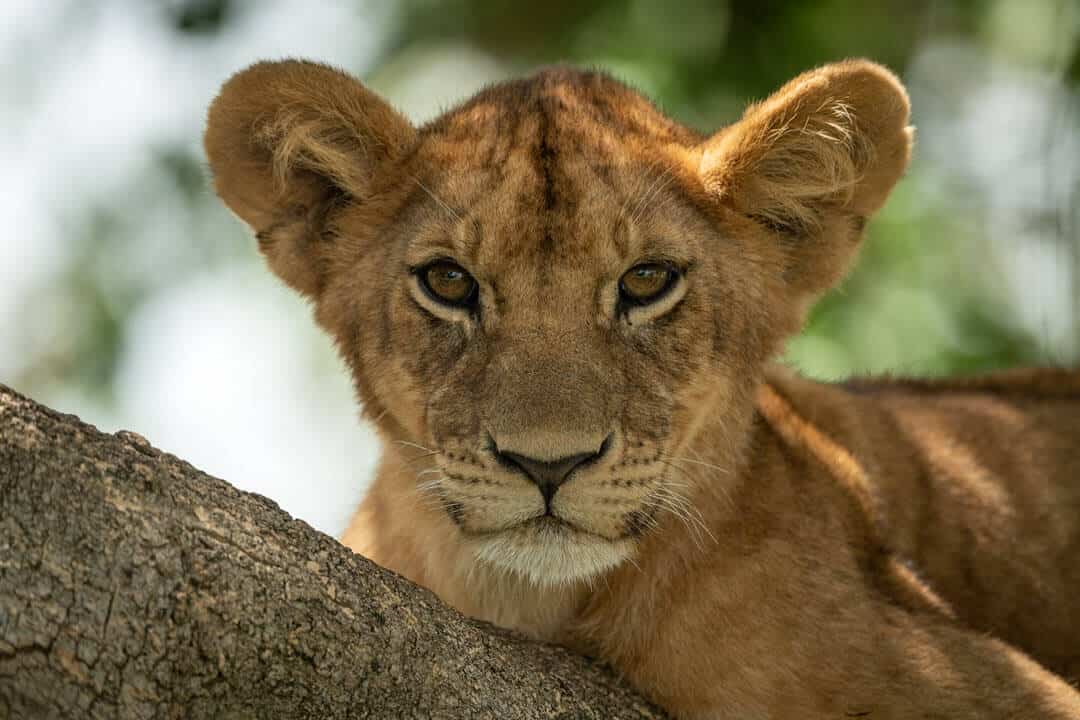

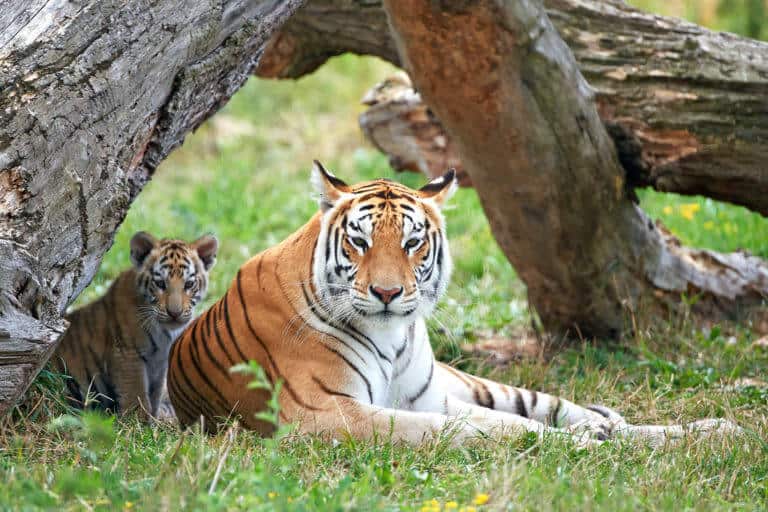
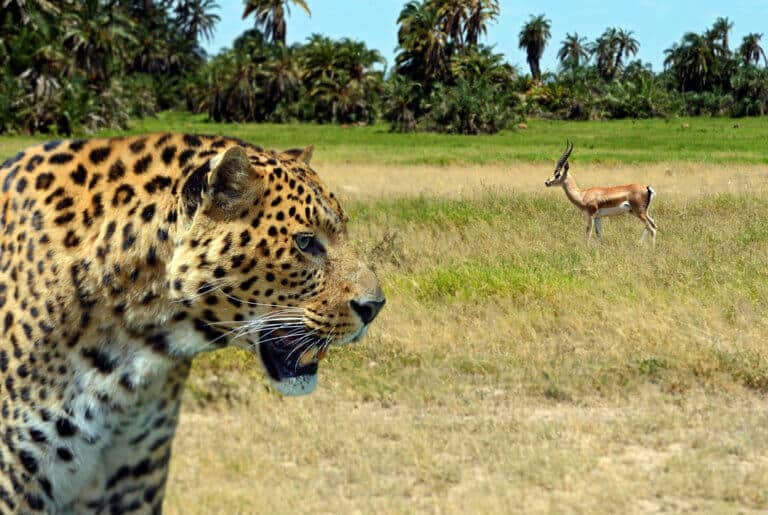
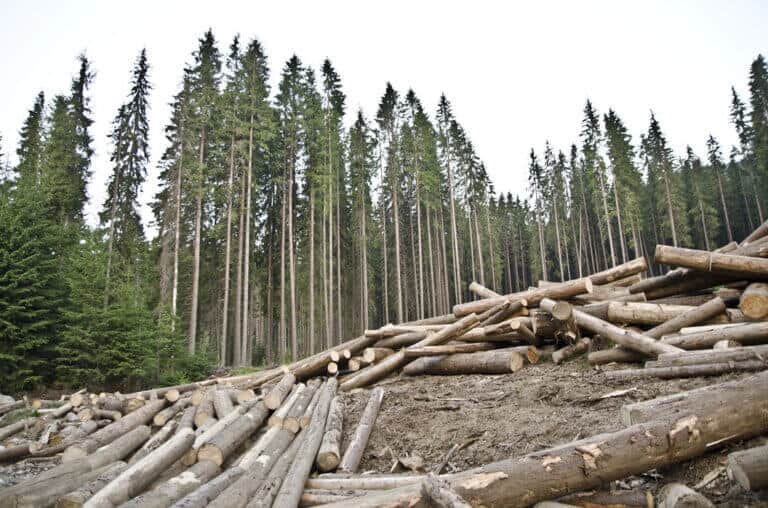
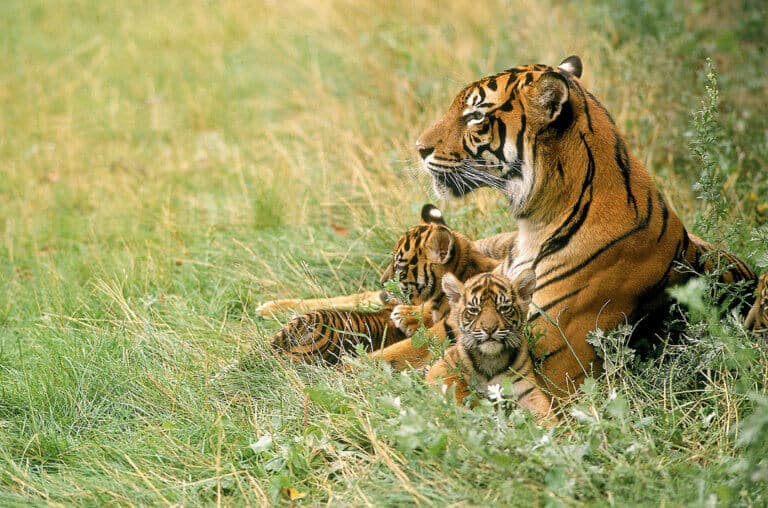
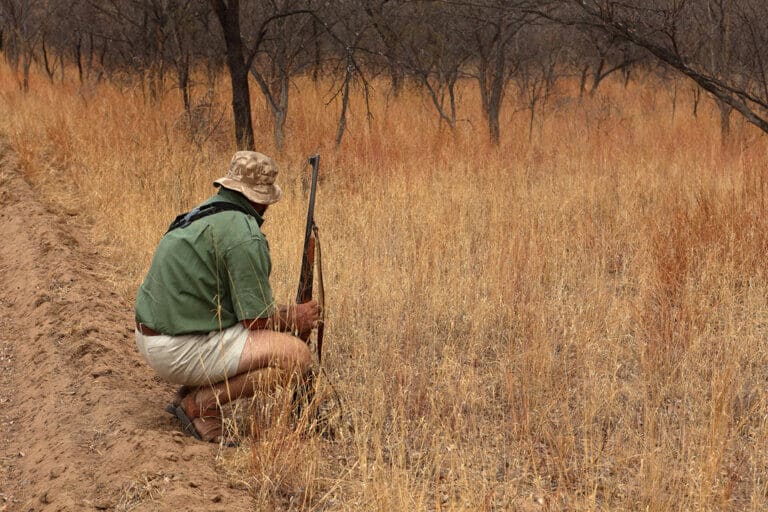
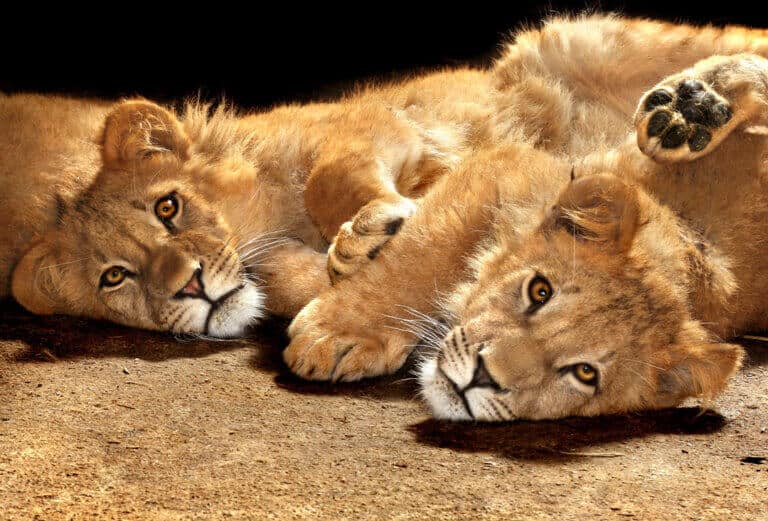
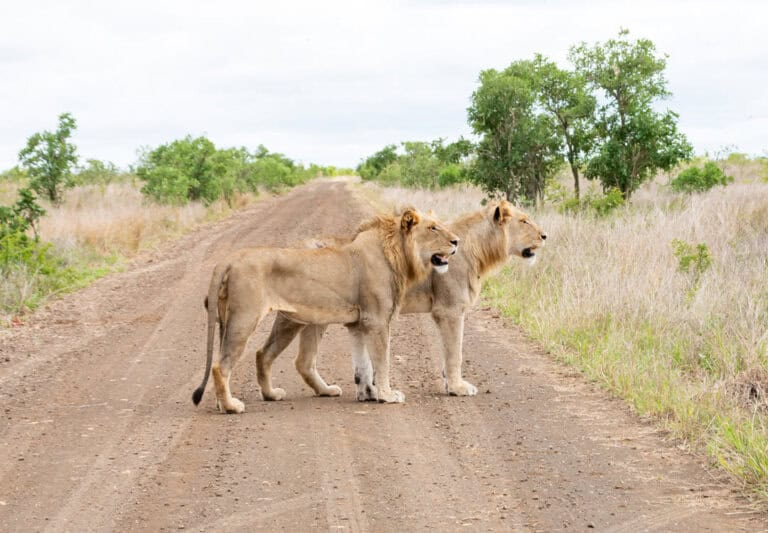
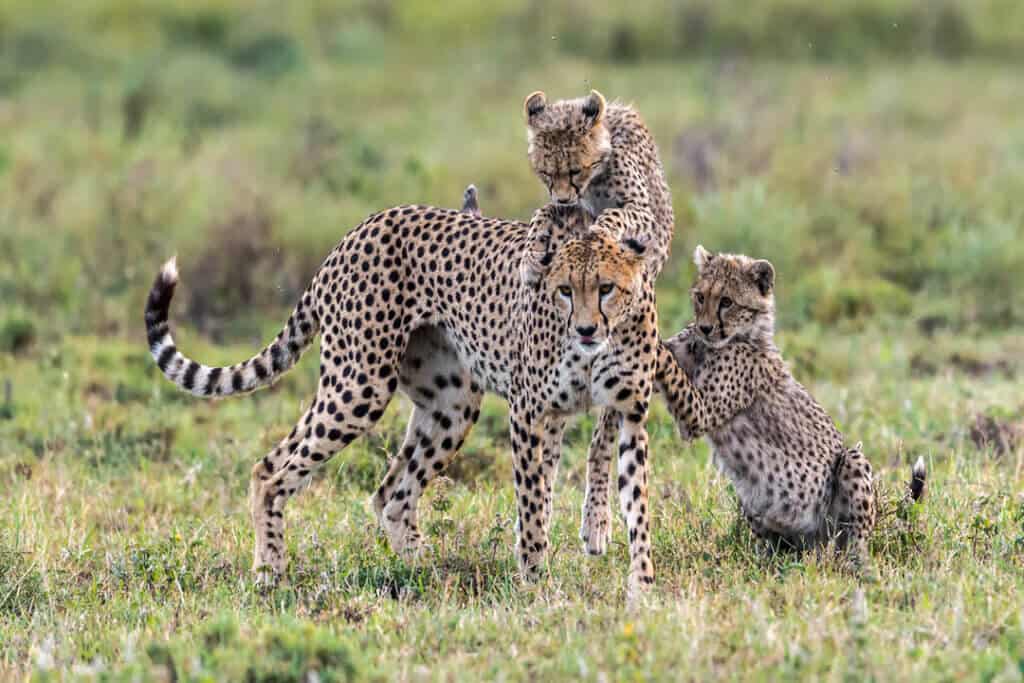

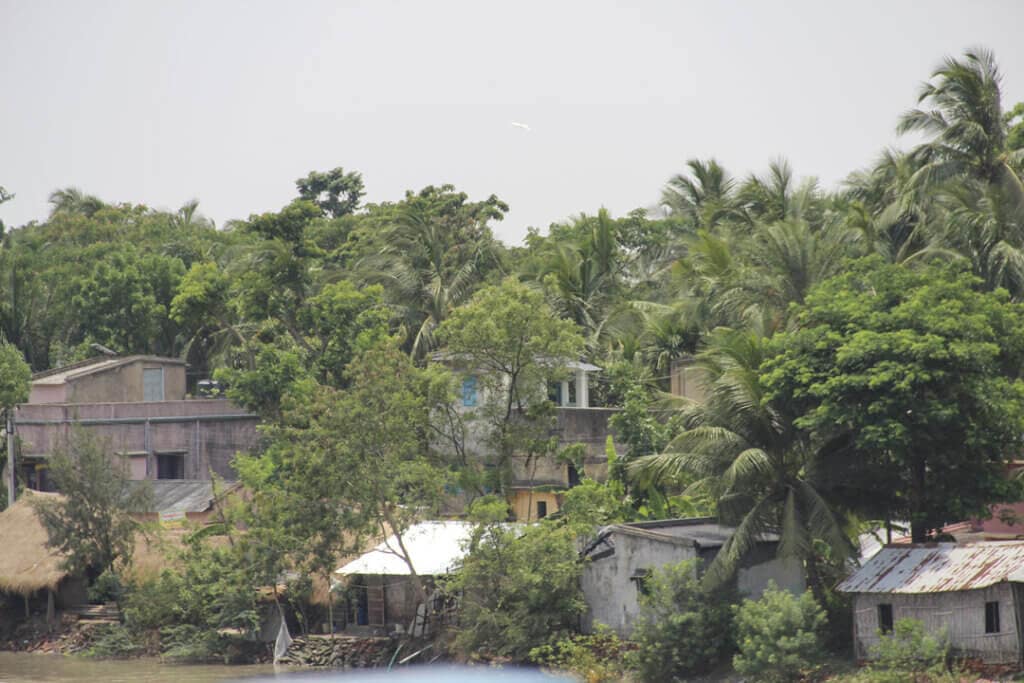
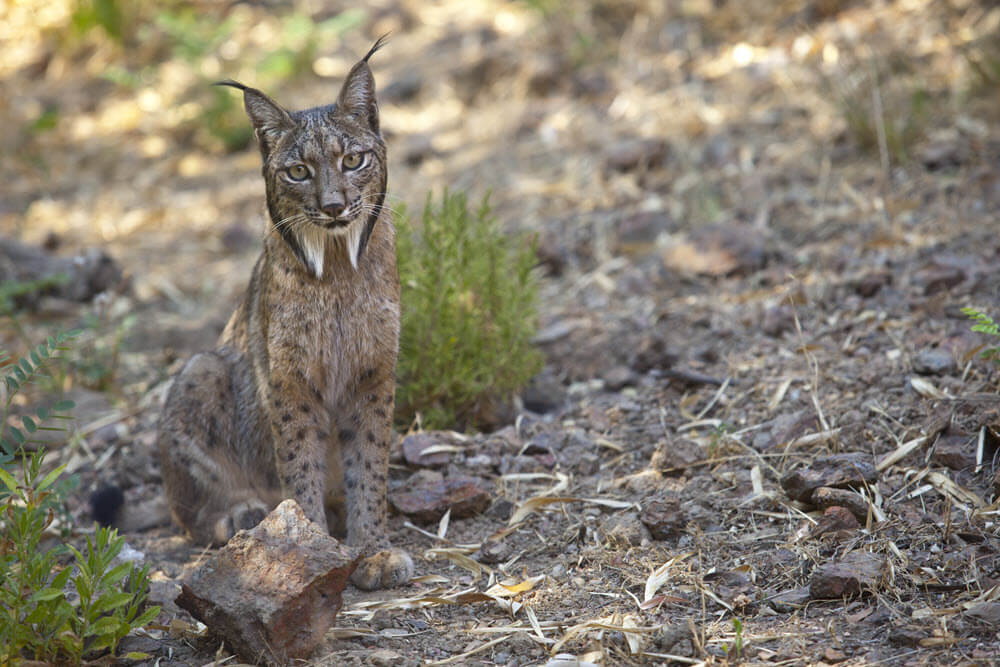
Why cant all of the people Just leave all of the big cats alone.
Its awesome!
This needs to STOP! What can we do to help?